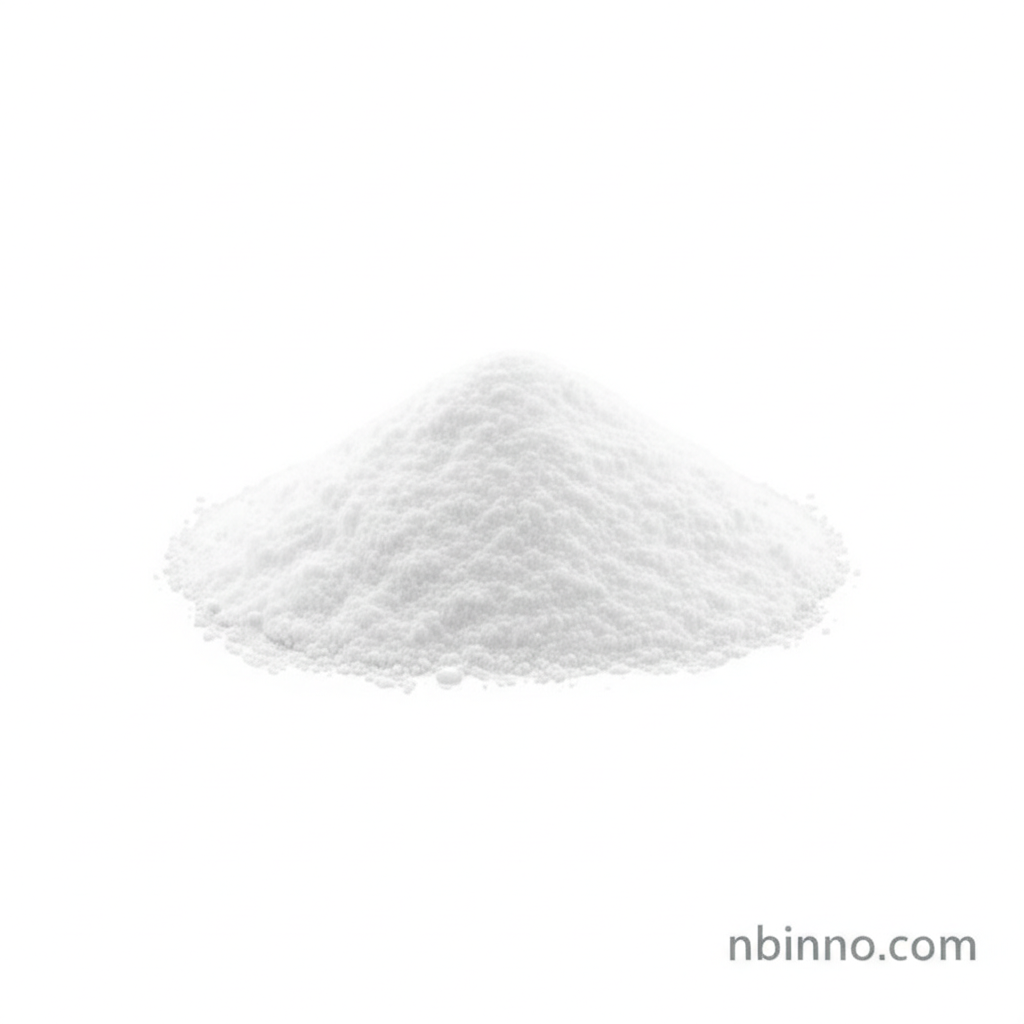Unlock Peptide Synthesis: The Role of N-BOC-3-Aminopropyl Bromide in Advanced Organic Chemistry
Discover how N-BOC-3-aminopropyl bromide, a vital chemical intermediate, empowers advanced organic synthesis and drug development. Explore its critical role in creating complex molecular architectures for targeted therapies.
Get a Quote & SampleProduct Core Value

N-BOC-3-Aminopropyl Bromide
We are a reliable supplier in China of N-BOC-3-aminopropyl bromide, a key chemical intermediate widely utilized in advanced organic synthesis and pharmaceutical research. This compound serves as an essential building block for the development of various bioactive molecules, particularly in the synthesis of peptide and amine derivatives. Its unique structure, featuring a tert-butoxycarbonyl (Boc) protecting group, allows for selective reactions, making it an invaluable tool for chemists aiming to create complex molecular architectures. The bromide functional group enhances its reactivity, facilitating nucleophilic substitutions that are crucial in medicinal chemistry and drug development.
- Streamline your synthetic pathways: Utilizing N-BOC-3-aminopropyl bromide can significantly reduce the time and resources needed for compound development, a key aspect of efficient drug development chemical intermediates.
- Facilitate targeted therapies: This compound plays a crucial role in creating targeted therapies and novel drug candidates, particularly in areas like oncology and infectious disease research, supporting advanced organic synthesis.
- Enhance molecular complexity: Its ability to undergo selective reactions makes it an indispensable component for chemists focusing on building complex molecular architectures with precision.
- Ensure ease of handling and stability: Researchers and industry professionals value N-BOC-3-aminopropyl bromide for its stability and ease of handling, making it a preferred choice for laboratories engaged in innovative chemical synthesis.
Key Advantages
Enhanced Reactivity
The presence of a bromide functional group allows for efficient nucleophilic substitutions, crucial for many organic synthesis reactions and a key advantage when looking for peptide synthesis reagents.
Selective Functionalization
The tert-butoxycarbonyl (Boc) protecting group enables controlled and selective reactions, vital for constructing complex molecules in medicinal chemistry tools.
Accelerated Research
By simplifying synthetic routes, this compound helps accelerate research and development cycles, contributing to faster discovery of new drug candidates.
Key Applications
Peptide Synthesis
As a fundamental building block, N-BOC-3-aminopropyl bromide is indispensable for creating custom peptides used in drug discovery and biotechnology, reflecting its role in peptide synthesis reagents.
Drug Development
Its capacity to introduce a bromopropyl group makes it highly valuable in medicinal chemistry for modifying drug candidates to improve efficacy and selectivity, supporting drug development efforts.
Bioconjugation
Scientists utilize this compound in bioconjugation processes to attach biomolecules to surfaces or other molecules, essential for developing targeted therapies and diagnostic tools.
Amino Acid Derivatives Research
This chemical is instrumental in the study of amino acid derivatives, aiding researchers in exploring new compounds with potential therapeutic applications and enhanced biological activity.
